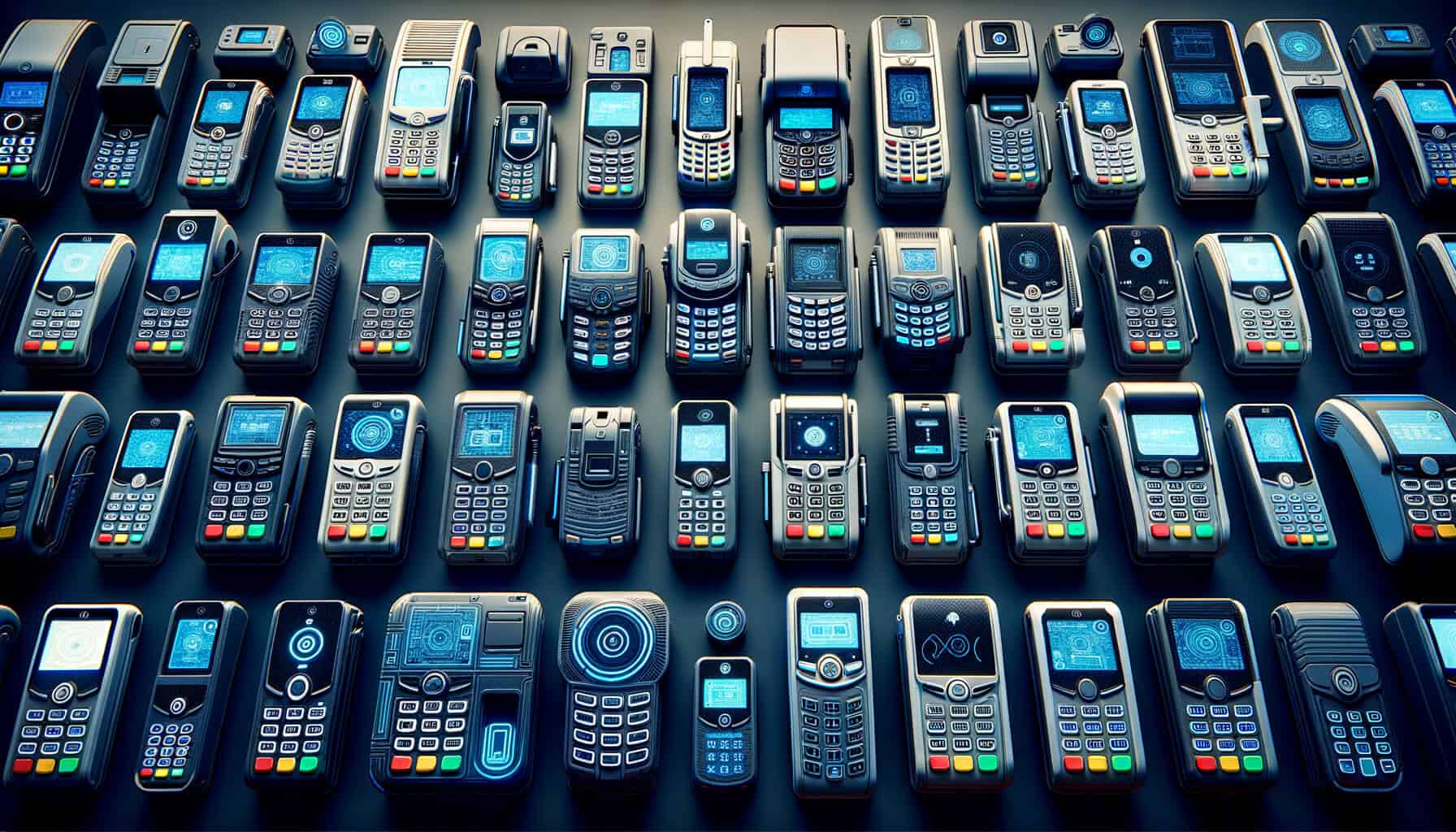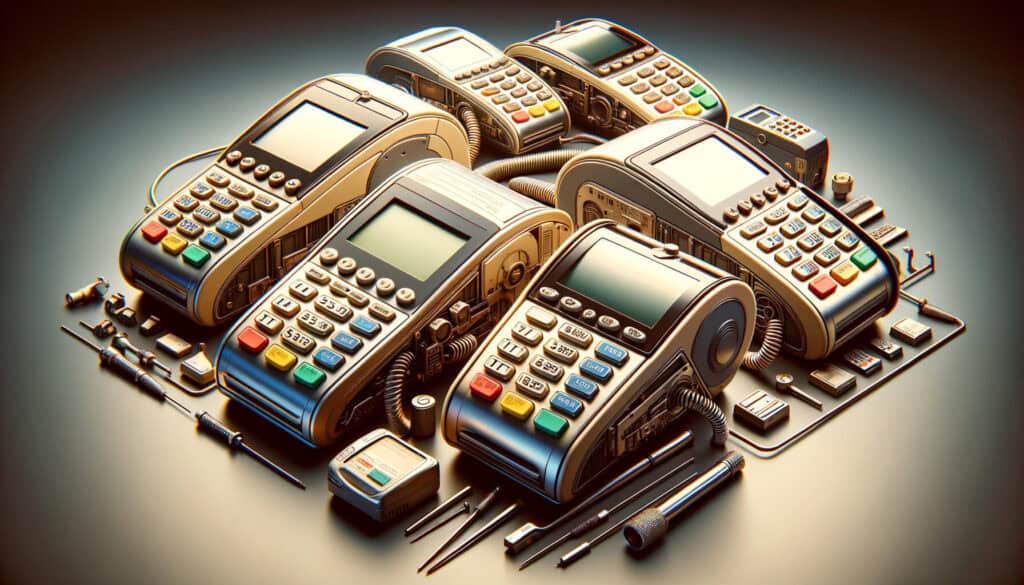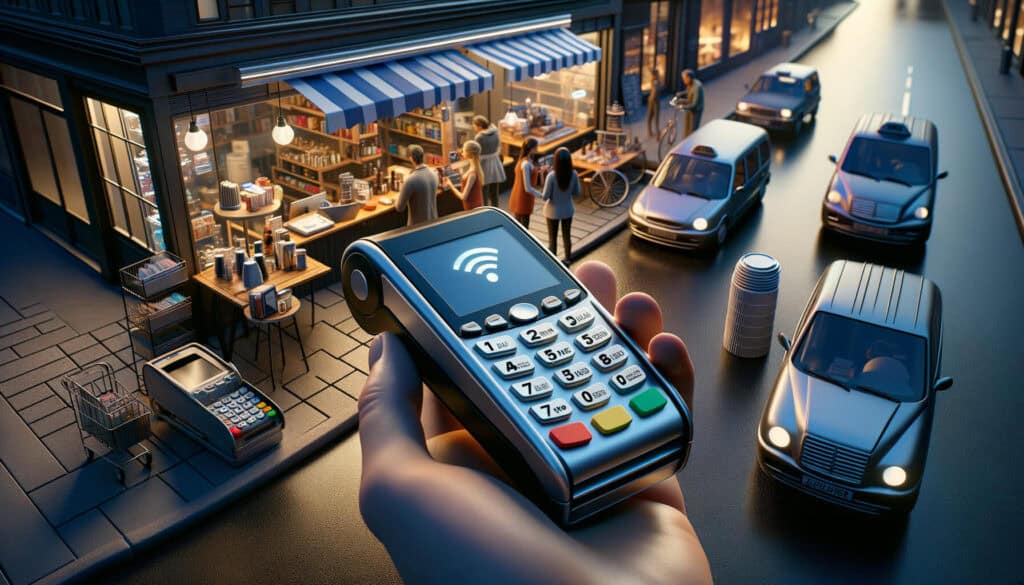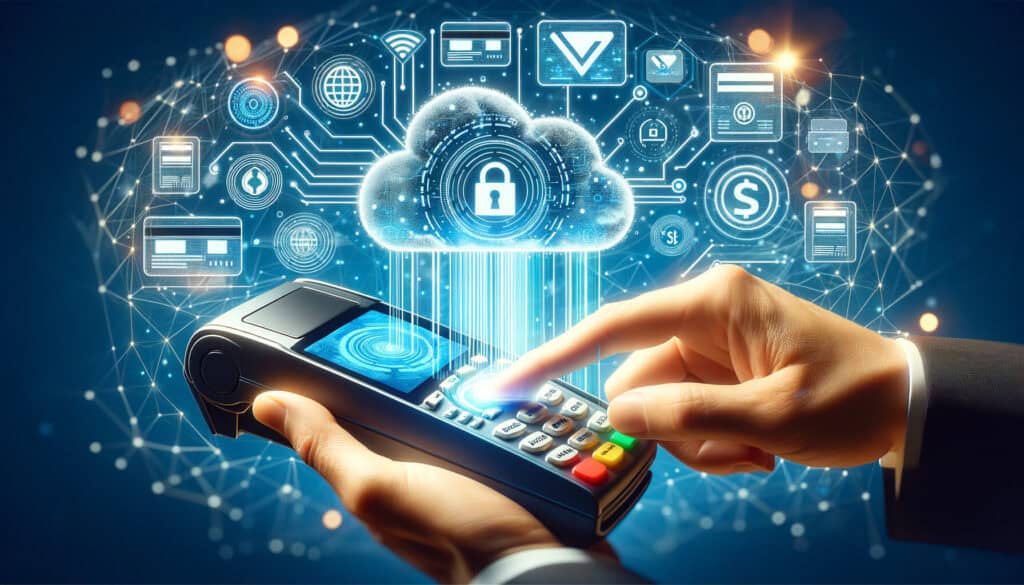
By Amanda Hoglund November 9, 2024
In today’s digital age, credit card payments have become the norm for businesses of all sizes. Whether you run a small retail store or a large e-commerce platform, having a reliable and efficient credit card terminal is crucial for processing payments seamlessly. With a wide range of options available in the market, it can be overwhelming to choose the right credit card terminal for your business.
This comprehensive guide will walk you through the different types of credit card terminals, their features, and help you make an informed decision.
Traditional Credit Card Terminals: Exploring the Basics and Features

Traditional credit card terminals have been the go-to option for businesses for many years. These terminals are usually countertop devices that connect to a phone line or internet connection to process payments. They come equipped with a keypad for entering payment information and a receipt printer for generating receipts.
One of the key features of traditional credit card terminals is their reliability. They are designed to handle high transaction volumes and are built to last. Additionally, they offer a high level of security, with encryption technology to protect sensitive customer data.
However, traditional credit card terminals have some limitations. They are not portable and require a physical connection to a phone line or internet, which can be inconvenient for businesses that need to process payments on the go. Moreover, they may not support newer payment technologies such as contactless payments or EMV chip cards.
Mobile Credit Card Terminals: Convenience and Flexibility on the Go

Mobile credit card terminals have gained popularity in recent years, especially among small businesses and service providers who need to accept payments outside of a traditional brick-and-mortar location. These terminals are compact devices that can be connected to a smartphone or tablet via Bluetooth or a headphone jack.
One of the biggest advantages of mobile credit card terminals is their portability. They allow businesses to accept payments anywhere, whether it’s at a trade show, a client’s location, or even on the street. They are also easy to set up and use, with intuitive mobile apps that enable quick and seamless payment processing.
Mobile credit card terminals also offer a range of features such as inventory management, customer data collection, and real-time reporting. Some models even support additional payment methods like Apple Pay and Google Pay, providing customers with more convenience and flexibility.
Virtual Credit Card Terminals: Secure Online Payment Processing

Virtual credit card terminals are specifically designed for businesses that operate online or over the phone. Instead of a physical device, these terminals are software-based and can be accessed through a web browser. They allow businesses to securely process credit card payments without the need for a physical card or terminal.
One of the key advantages of virtual credit card terminals is their ease of use. They eliminate the need for manual entry of payment information, as customers can enter their card details directly on the website or provide them over the phone. This reduces the risk of human error and speeds up the payment process.
Virtual credit card terminals also offer advanced security features such as encryption and tokenization, which protect sensitive customer data. They are compliant with Payment Card Industry Data Security Standard (PCI DSS) requirements, ensuring that businesses meet the necessary security standards for processing online payments.
Wireless Credit Card Terminals: Freedom from Cables and Wires

Wireless credit card terminals provide businesses with the flexibility to accept payments without being tied down by cables and wires. These terminals use wireless technology, such as Wi-Fi or cellular networks, to connect to the payment network and process transactions.
One of the main advantages of wireless credit card terminals is their mobility. They allow businesses to accept payments anywhere within the range of the wireless network, whether it’s inside a store or at an outdoor event. This is particularly beneficial for businesses that require flexibility in their payment processing, such as food trucks or pop-up shops.
Wireless credit card terminals also offer the same level of security as traditional terminals, with encryption technology to protect customer data. They are easy to set up and use, with intuitive interfaces and touchscreens for entering payment information. Some models even come with built-in printers for generating receipts on the spot.
Point-of-Sale (POS) Systems: Integrated Solutions for Businesses
Point-of-Sale (POS) systems are comprehensive payment solutions that combine hardware and software to provide businesses with an all-in-one payment processing solution. These systems typically include a touchscreen terminal, cash register, barcode scanner, receipt printer, and other peripherals.
One of the key advantages of POS systems is their integration capabilities. They can be connected to other business systems such as inventory management, customer relationship management (CRM), and accounting software, streamlining operations and improving efficiency. This integration allows businesses to track sales, manage inventory, and generate detailed reports in real-time.
POS systems also offer a range of features and customization options to meet the specific needs of different businesses. They support various payment methods, including credit cards, debit cards, mobile payments, and even gift cards. Some advanced POS systems also offer additional features like employee management, loyalty programs, and customer analytics.
Contactless Payment Terminals: The Future of Quick and Easy Transactions
Contactless payment terminals have gained significant popularity in recent years, driven by the increasing adoption of mobile payment technologies such as Apple Pay, Google Pay, and Samsung Pay. These terminals use near field communication (NFC) technology to enable quick and secure contactless payments.
One of the main advantages of contactless payment terminals is their speed. They allow customers to make payments by simply tapping their contactless-enabled card or smartphone on the terminal, without the need to insert or swipe a card. This significantly reduces transaction times, improving the overall customer experience.
Contactless payment terminals also offer enhanced security features. They use tokenization technology to replace sensitive card information with a unique token, reducing the risk of fraud. Additionally, they are compatible with EMV chip cards, providing an extra layer of security for cardholders.
EMV Chip Card Terminals: Enhanced Security for Cardholders
EMV chip card terminals are designed to process payments made with EMV chip-enabled cards. EMV stands for Europay, Mastercard, and Visa, the three companies that developed the standard. Unlike traditional magnetic stripe cards, EMV chip cards store payment information on a microchip embedded in the card.
One of the main advantages of EMV chip card terminals is their enhanced security. The microchip generates a unique transaction code for each payment, making it extremely difficult for fraudsters to clone or counterfeit the card. This significantly reduces the risk of card-present fraud for businesses.
EMV chip card terminals also offer compatibility with contactless payments, allowing customers to make payments by tapping their contactless-enabled card or smartphone on the terminal. This provides customers with more convenience and flexibility while maintaining a high level of security.
Choosing the Right Credit Card Terminal for Your Business: Factors to Consider
When choosing a credit card terminal for your business, it’s important to consider several factors to ensure that you make the right decision. Here are some key factors to consider:
- Business Type and Size: The type of credit card terminal you choose should align with the nature and size of your business. For example, if you operate a small retail store, a traditional countertop terminal may be sufficient. However, if you run a mobile business or operate online, a mobile or virtual terminal may be more suitable.
- Payment Methods: Consider the payment methods you want to accept. If you want to offer contactless payments or accept EMV chip cards, make sure the terminal you choose supports these technologies. Additionally, consider whether you want to accept mobile payments like Apple Pay or Google Pay.
- Connectivity Options: Evaluate the connectivity options available for the credit card terminal. If you have a stable internet connection, a terminal that connects via Ethernet or Wi-Fi may be suitable. However, if you need to process payments on the go, consider a terminal that supports cellular connectivity.
- Security Features: Security should be a top priority when choosing a credit card terminal. Look for terminals that offer encryption and tokenization to protect customer data. Additionally, ensure that the terminal is compliant with PCI DSS requirements.
- Cost: Consider the upfront cost of the terminal, as well as any ongoing fees or charges. Compare the pricing models of different providers and choose one that offers the best value for your business.
- Customer Support: Look for a provider that offers reliable customer support. Check if they provide 24/7 technical assistance and have a dedicated support team to address any issues or concerns.
Frequently Asked Questions (FAQs)
Q1. What is a credit card terminal?
A credit card terminal is a device used by businesses to process credit card payments. It allows customers to swipe, insert, or tap their credit cards to initiate a payment transaction.
Q2. How do credit card terminals work?
Credit card terminals work by securely transmitting payment information from the customer’s card to the payment network for authorization. The terminal encrypts the card data and sends it to the payment processor, which verifies the transaction and communicates the approval or decline status back to the terminal.
Q3. Can I use my smartphone as a credit card terminal?
Yes, you can use your smartphone as a credit card terminal by using a mobile credit card terminal app and a card reader attachment. These apps allow you to securely process credit card payments on your smartphone or tablet.
Q4. Are credit card terminals secure?
Credit card terminals are designed with security features to protect customer data. They use encryption technology to encrypt card information during transmission and tokenization to replace sensitive card data with a unique token. Additionally, credit card terminals are required to comply with PCI DSS requirements to ensure the highest level of security.
Q5. How much does a credit card terminal cost?
The cost of a credit card terminal can vary depending on the type of terminal and the provider. Traditional countertop terminals typically range from $100 to $500, while mobile or wireless terminals can range from $200 to $800. Virtual terminals may have a monthly subscription fee, typically ranging from $20 to $50.
Conclusion
Choosing the right credit card terminal is essential for businesses of all sizes. Whether you opt for a traditional countertop terminal, a mobile terminal, a virtual terminal, a wireless terminal, a POS system, or a contactless payment terminal, it’s important to consider factors such as your business type, payment methods, connectivity options, security features, and cost.
By understanding the different types of credit card terminals and their features, you can make an informed decision that meets the specific needs of your business. Remember to prioritize security and choose a provider that offers reliable customer support to ensure a seamless payment processing experience for both you and your customers.